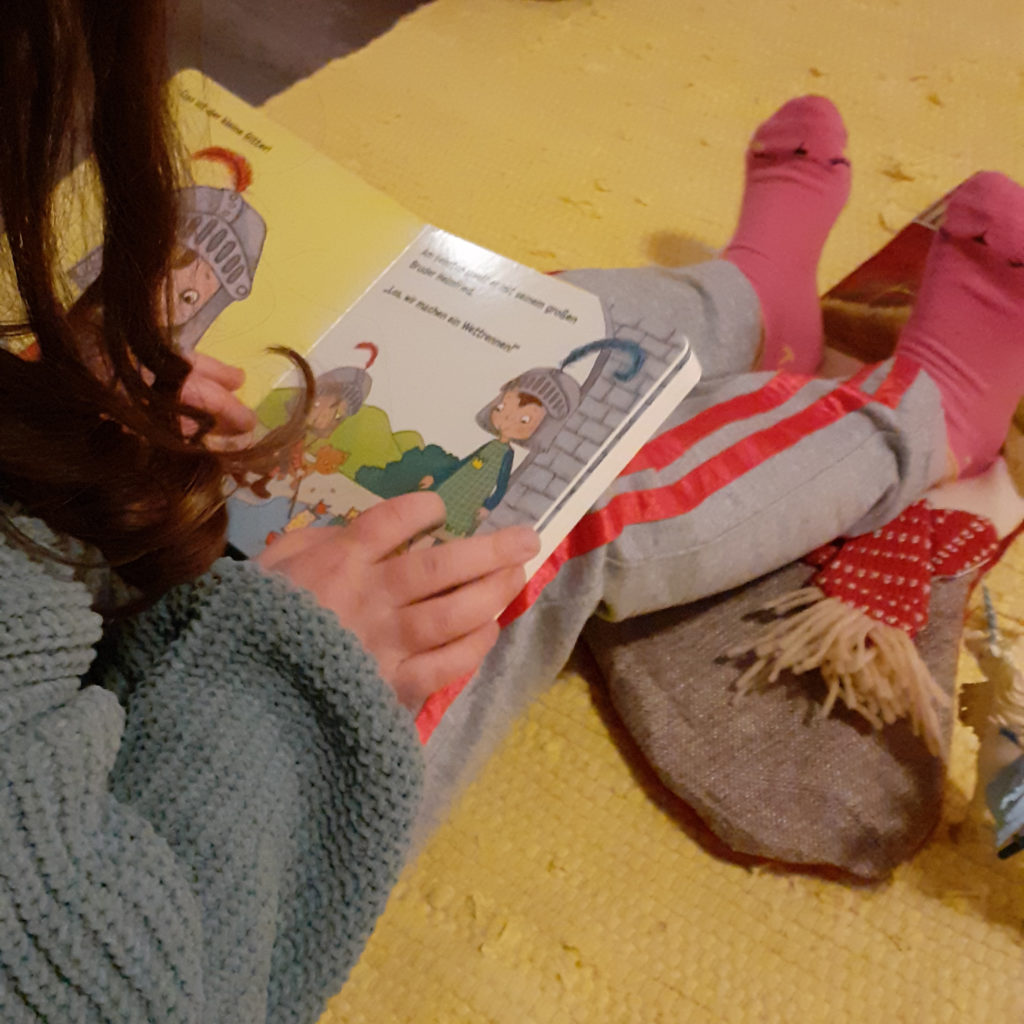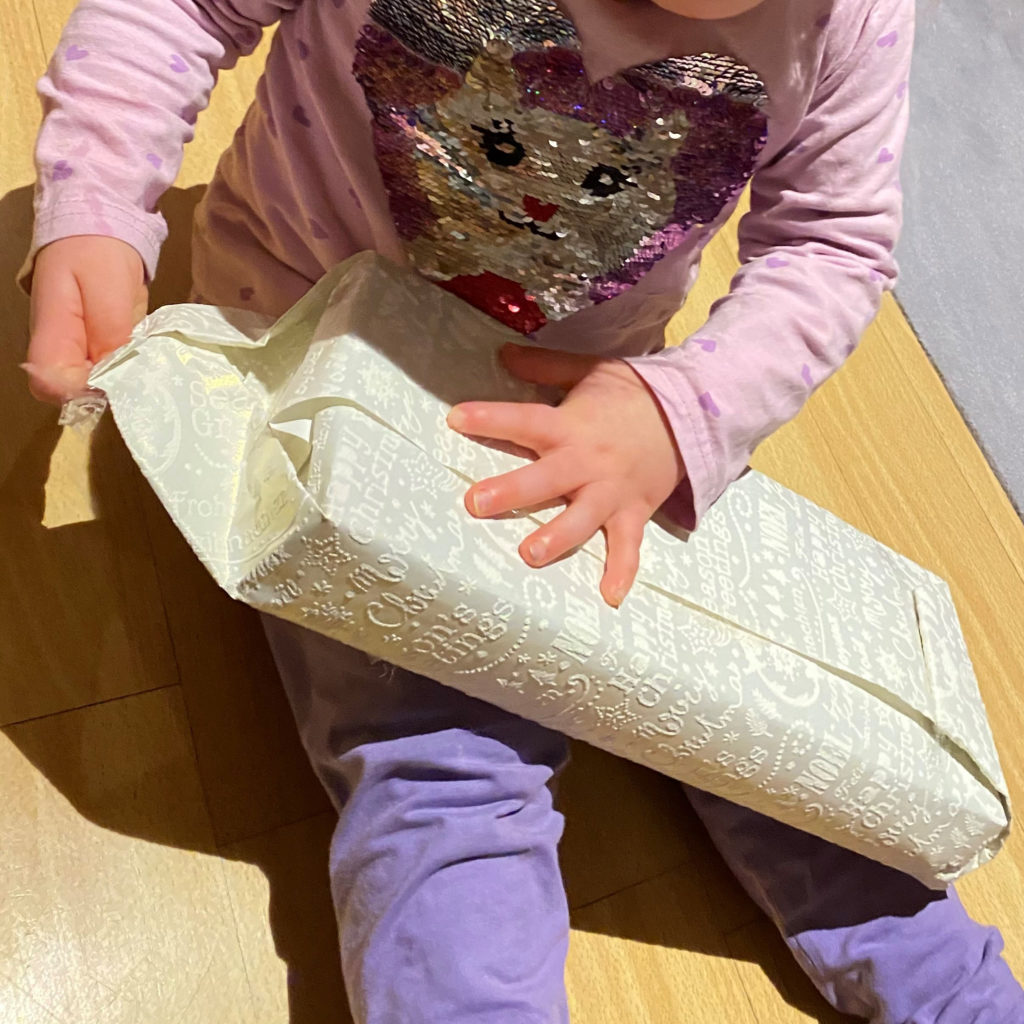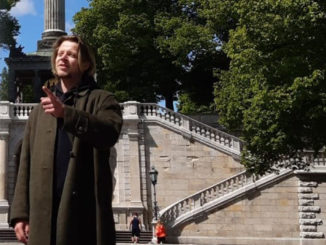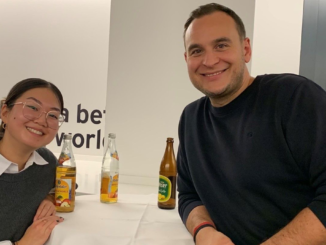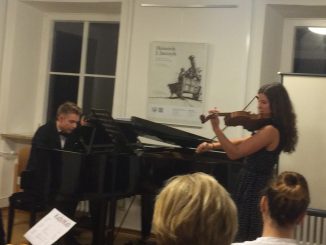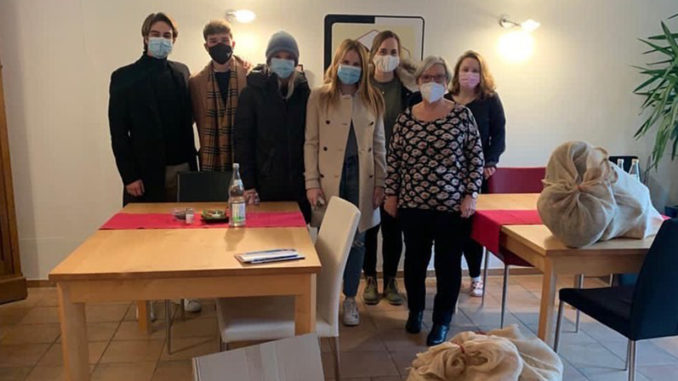
Giving less privileged children the feeling of a contemplative Christmas season – that was the idea behind the social service project of bachelor’s students Mark Rupp, Lucas Reischl, Amelie Schefold and Felicitas Gräfin von Bentzel. With a fundraising campaign, they collected donations and used the revenues to buy gifts for twenty children in a children’s home in Ulm, which they handed over for St. Nicholas Day. How the MBS students got the idea for this project and how they structured their work, they tell in the interview.
The social service project is an integral part of the bachelor’s program in International Business at Munich Business School. Over a two-semester period, students work in groups on a charitable project in cooperation with an organization. The project can pursue a social, integrative, international or educational purpose.
How did you come up with the idea for your social service project and how did you get in touch with the children’s home in Ulm?
Lucas Reischl: When brainstorming what we wanted to do for our social service project, we tried to focus on topics that we personally held for important. We were born in a very priviledged situation and were aware that this is not something to take for granted. When thinking about Christmas, most of us think of a fully stocked Christmas tree pillared by an unreal amount of presents and surrounded by our family. However, we should not forget that this image of Christmas Eve is not all too common around the world, and also not in Germany. So we came up with the idea that we could try to give children who were not born into the most ideal circumstances some happiness in the form of a nice Christmas.
Mark Rupp: We attempted to connect with multiple children’s homes in Munich, but due to the christmas season, they all had enough support from organizations doing something similiar. Our group member Amelie then realized that there is a children’s home in Ulm that we could connect with. That is exactly what we did, but similiar to the children’s homes in Munich, the “guterhirte” children’s home in Ulm was already receiving enough support for Christmas.
We compromised and decided to organize small gifts for St. Nicholas’ Day on December 6! This was perfect for us, because each of us had a special type of memory of St. Nicholas and we hoped to be able to give the children in Ulm a similarly wonderful experience. Especially as a child, this day had a special place in each of our hearts. St. Nicholas was something to look forward to during a month of waiting for Christmas Eve.
To finance the gifts for the children, you set up a fundraising campaign. How did you calculate the target amount in advance? How did you then raise awareness of your campaign and encourage people to support it? Did you finally reach your funding goal?

Felicitas Gräfin von Bentzel: When calculating our the amount we needed to raise for the project, we came up with an appropriate budget of 32 euros per child including the gifts, sweets, and packaging. We created a gofundme website where we encouraged our family members, fellow students, and friends to donate a small contribution to our cause. We managed to reach as many people as we did through our social media platforms such as Instagram and WhatsApp to expand our reach as much as we could. We even created a special Instagram account called “puttingvaluesintoactions” where those that donated or were interested in the project could follow the events that transpired leading up to the final result of distributing the gifts.
In the end, we were lucky enough to reach our fundraising goal of 640 euros total, making it possible to buy St. Nicholas presents for the twenty children at the “guterhirter” children’s home.
How did you structure the work in the team of 4? Were there different areas of responsibility and how did you generally go about planning and implementing the project?
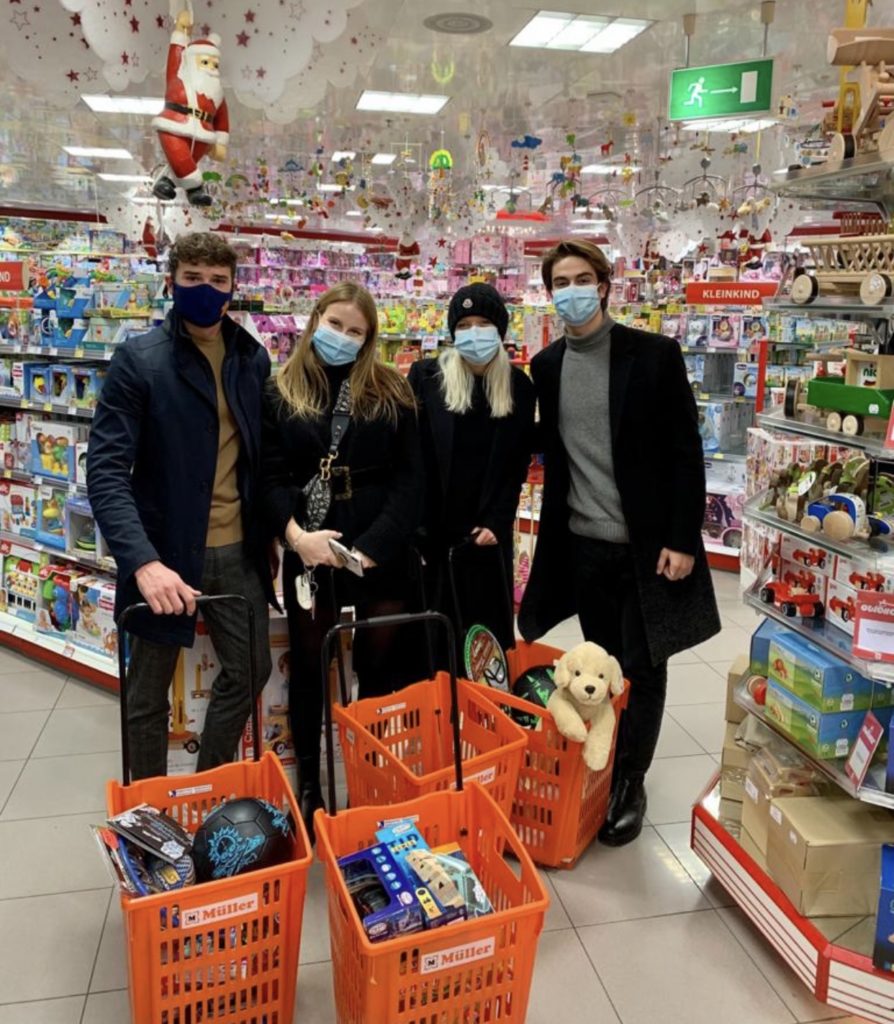
Amelie Schefold: As a group of 4, we thought it would be most efficient to select one contact person in order to communicate easily with the children’s home. We chose me for this role because I have family in Ulm. Otherwise when it came to gathering donations and organizing what gifts had to be bought accordingly to each child, we did this together as a group. Why? Because we enjoyed executing the project and the feeling of giving back to those less fortunate was something that we gladly shared together. Furthermore, the entire experience was enjoyable.
The childrens home gave us a time span, in which everything should be organized.
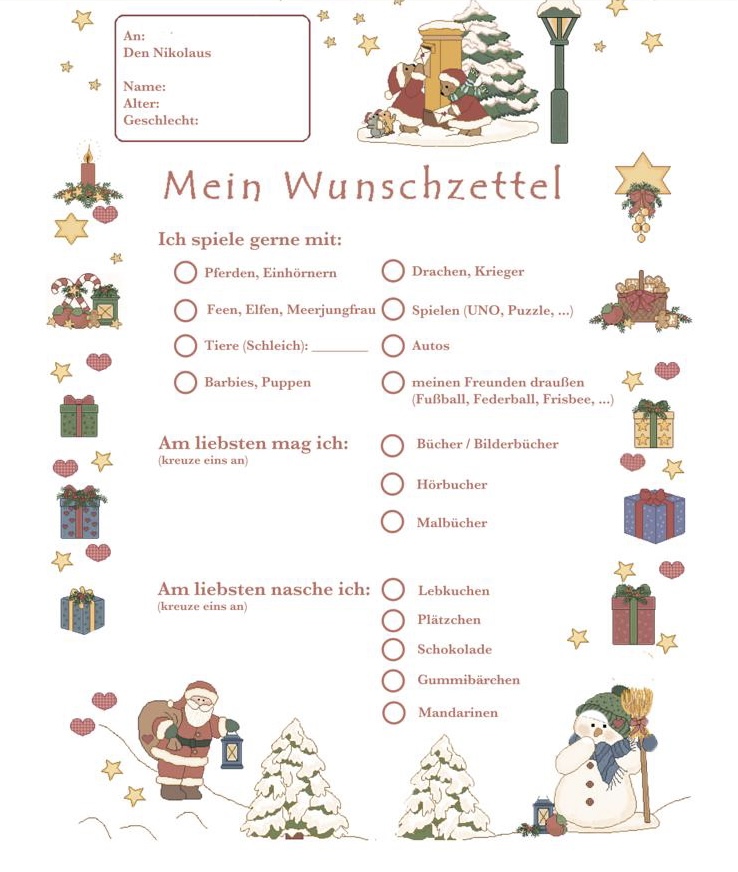
In order to save time and actually gift presents that would match the wishes of the children, we designed a wish list where each child could write their own preferences for what types of gifts they would like to recieve such as barbies, soccer balls, board games, dolls, etc.
After three days, the wishlist was sent back filled out by each child and after one week of gathering donations, we went out, bought the presents and then wrapped them ourselves. On the weekend of St. Nicholas, we drove up to Ulm to deliver the gifts to the children’s home. Unfortunately, due to the Corona pandemic, the children’s home had asked us to not partake in distributing of the gifts to the children. Understandibly, we complied with this request and handed the gift bags over to the caretakers.
What was it like to deliver the presents to the children’s home and play “St. Nicholas” at the end? Was it your first community service experience? Did you get any feedback from the children’s home on how the gifts were received by the children on St. Nicholas Day?
Lucas Reischl: Despite the fact that the project was also a completely new experience for us as a group, the feedback was consistently positive. Shortly after handing over the gifts to the children, we received an e-mail from our contact person, the former director of the children’s home Elke Klie, saying: “I have already had some years of experience with donations, but your group did a great job. You were informative, the rules were clear, you followed agreements, and you were responsive to our needs. I felt a lot of commitment and empathy. We have never had such a great wish list.”
Of course, we were very pleased about this. It is great to see that the heart and soul and the energy that we put into this project also reached the actual recipients.
A look into the future: How has the work on the social service project brought you personally forward? In your opinion, what is unique about the MBS social project?
Felicitas Gräfin von Bentzel: The entire experience with the social service project, aided in diversifying the university course. The project did not feel like work but rather something that was long overdue in all of our lives. It definetly served a great role in broadening our horizon and view on lifestyle.
We personally find it good that MBS inducts the social service project into the bachelor’s program International Business as companies and all of us hold a responsability in providing a positive social impact on society. The project helped us to understand why in fact companies hold this responsability. It shouldn’t be a forced obligatory aspect of a company but something that is done willingly and with happiness.
Mark Rupp: Having been assigned the project in the first semester, it gave us moreover an insight of what can be achieved together through teamwork regardless of the fact that we had no ressources or experience of any sort other than our social network. All these experiences and factors in making the project possible, helped us realize what is important in developing our lives and putting values into actions.

